The educational responsibilities towards the puppies and the correct fundamental approach for their relationship with their future families, is, for me, one basic component of my profession. My Great Danes are treated with love and respect since their first day of life, being raised indoors and outdoors, always together with their mother and in very close contact with human beings. The starting point is the confirmation of the pregnancy of a future mother who is experimenting all the well-being of her new condition, because the puppies, who react to the emotional situation of their mother during the second part of the pregnancy, receive positive messages. The puppies that I breed begin to breathe in my hands and are kept indoors for the first month of their lives, so that they are exposed to positive stimuli of the human habitation that will be the living environment of these future giants. During the neo-natal phase, they are handled and stimulated on a regular basis every day in order to accelerate the development of their nervous system and to encourage the stability of their emotions. This way the puppies get a strong imprint with humans right from the beginning and have their first sensory experiences that are useful for the development of their nervous system and for the formation of their primary reflexes that will then be adults. During the period of delicate growth (which is the period ranging from the opening of their eyes to 90 days) when the ‘impregnation’ process begins, thanks to which the puppies find out which species they belong to and which they identify with, such as (the mother, the brothers, other males, females, adolescents and young Danes) as well as possible social partners (humans, children and other domestic animals and unfamiliar dogs), I guarantee that the puppies have continued contact with me and with their mothers, as well as visits from strangers, children, other domestic animals, and other dogs of different sex and different ages, to stabilize their mood and to educate them to the right level of emotional reaction towards different external stimuli. Weaning occurs without separating the puppies from their mothers so that they are the ones who let the little ones experience the steps of detachment, building the foundations to teach them in the future to bear the moments of solitude to which they will inevitably be subject in their coexistence with a different species, like the human one. To do this, I ensure that all the mothers have the chance to wander away from and return to the puppies whenever they want to, and I make sure that they lead the litter in their first "star" explorations into unknown territories. The socialisation with humans and the environment continues with their new families, to whom I give the puppies after 70 days of life, i.e. after the development of the part of the brain that controls emotions has been completed in the company of their mother.



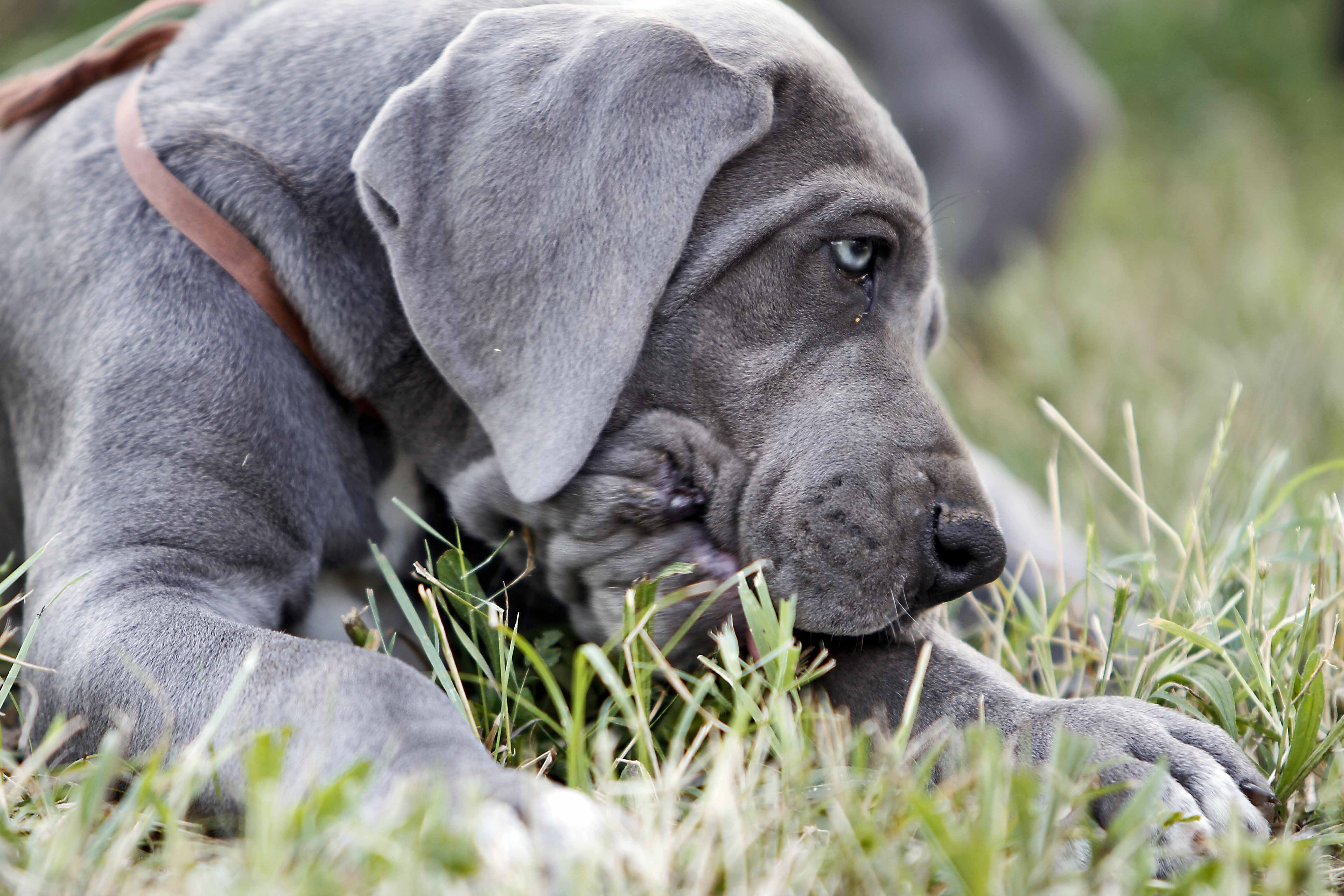

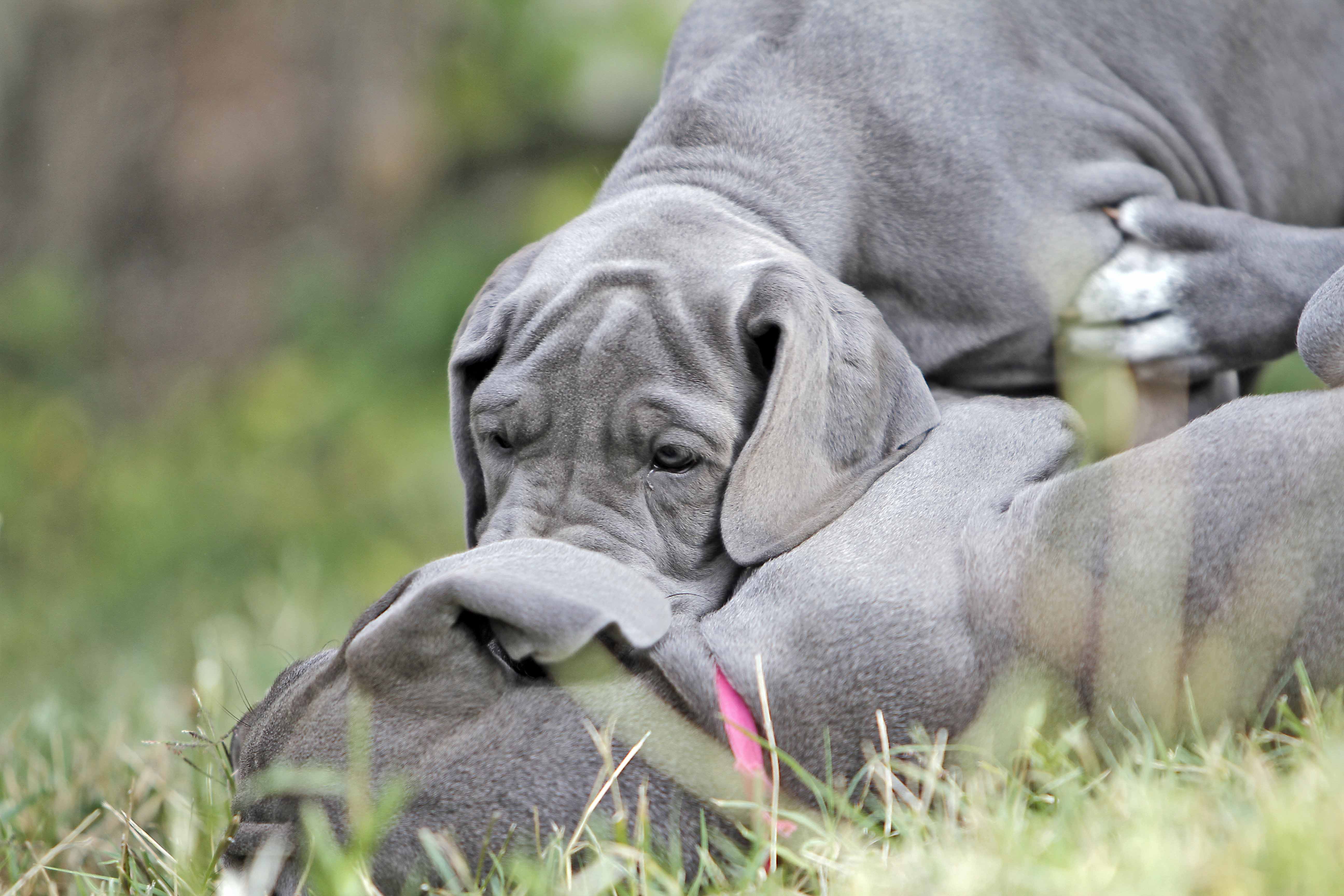
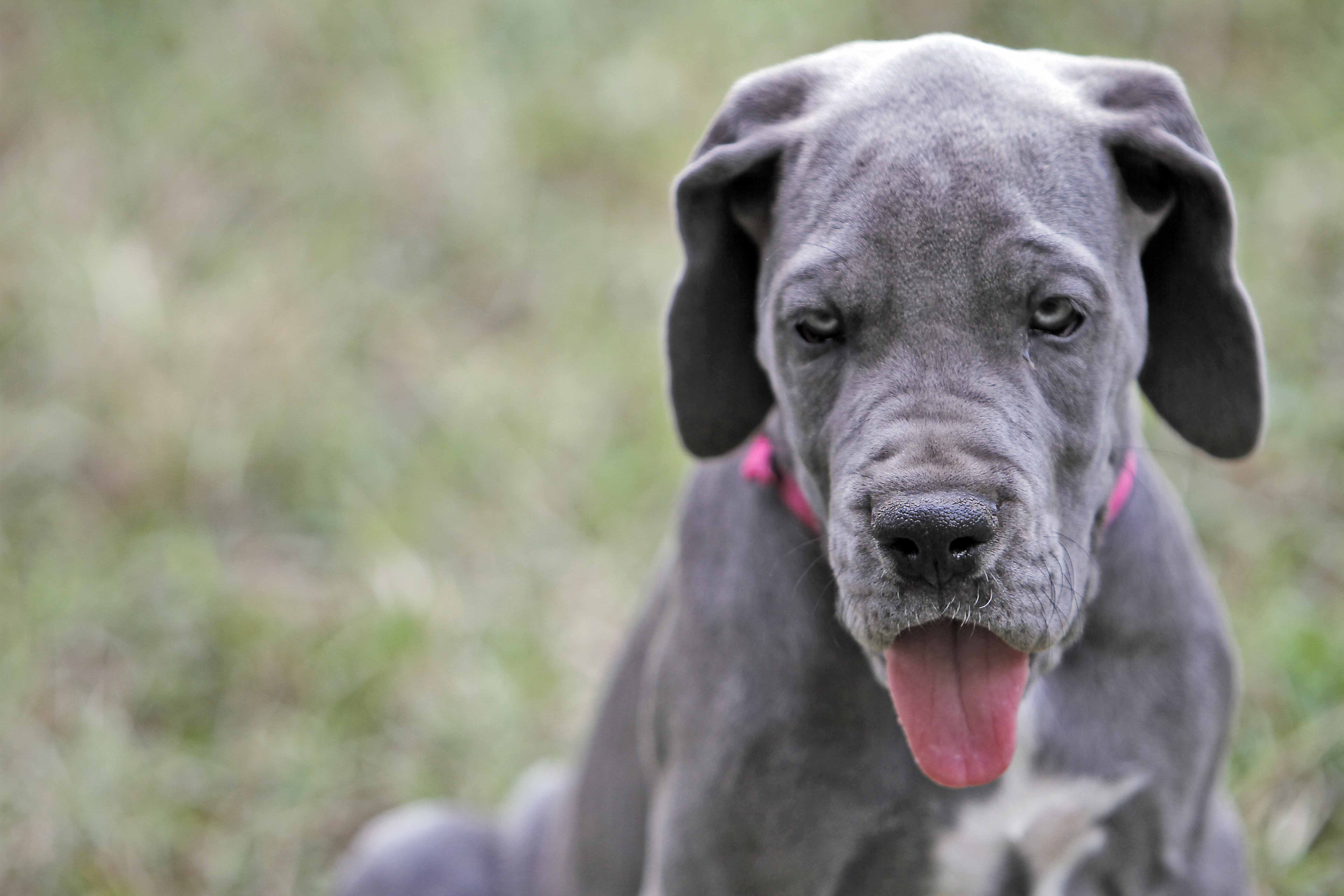
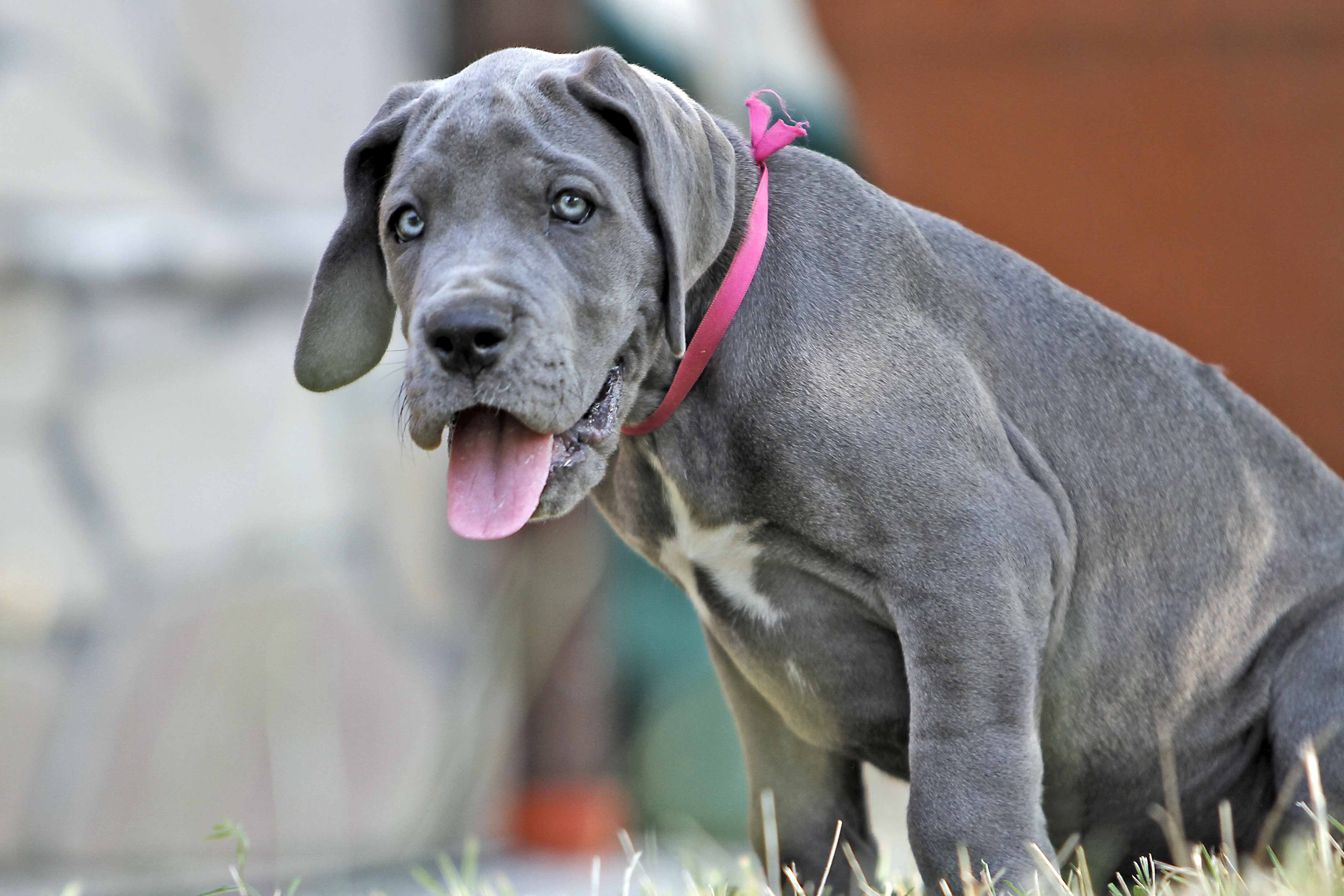
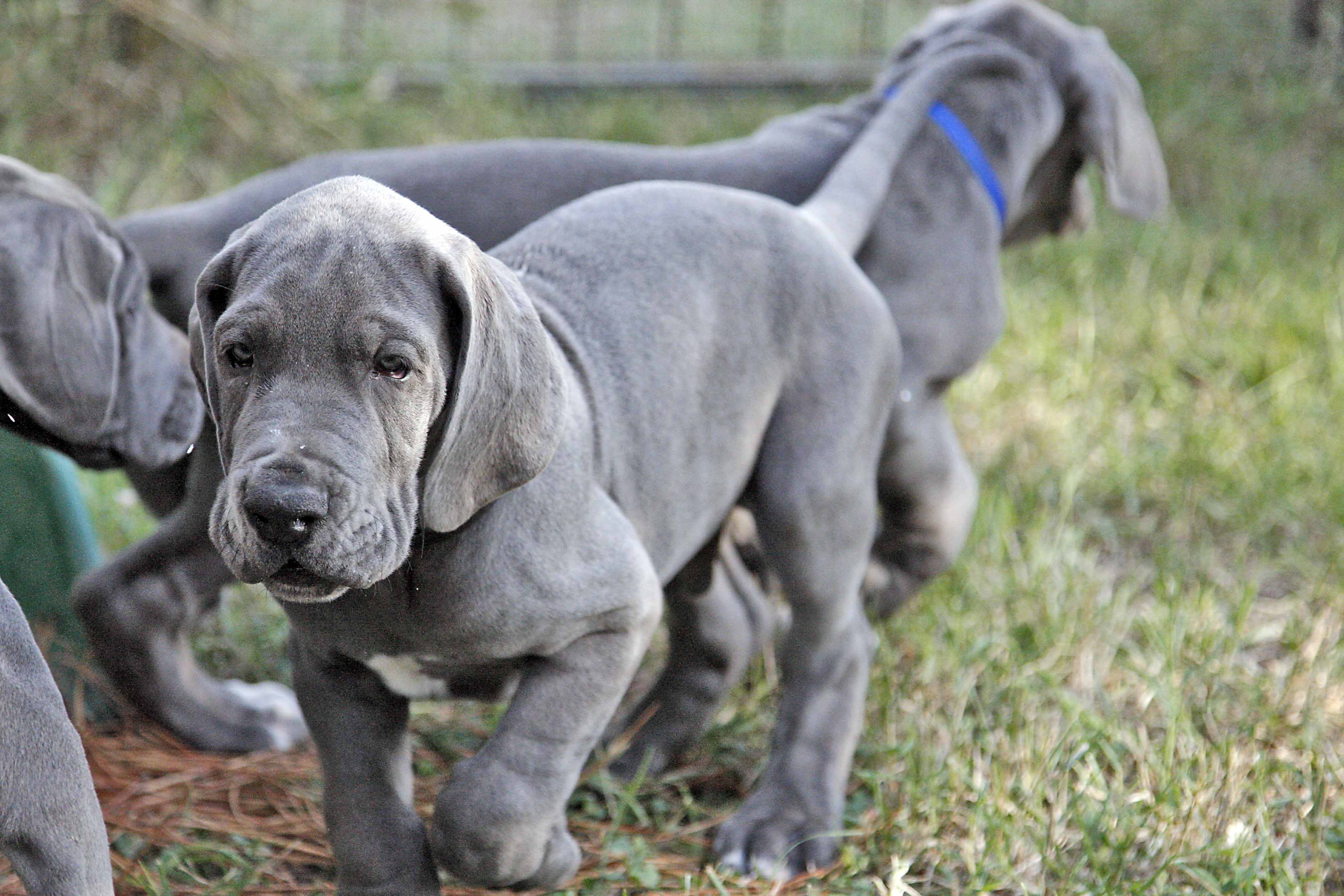
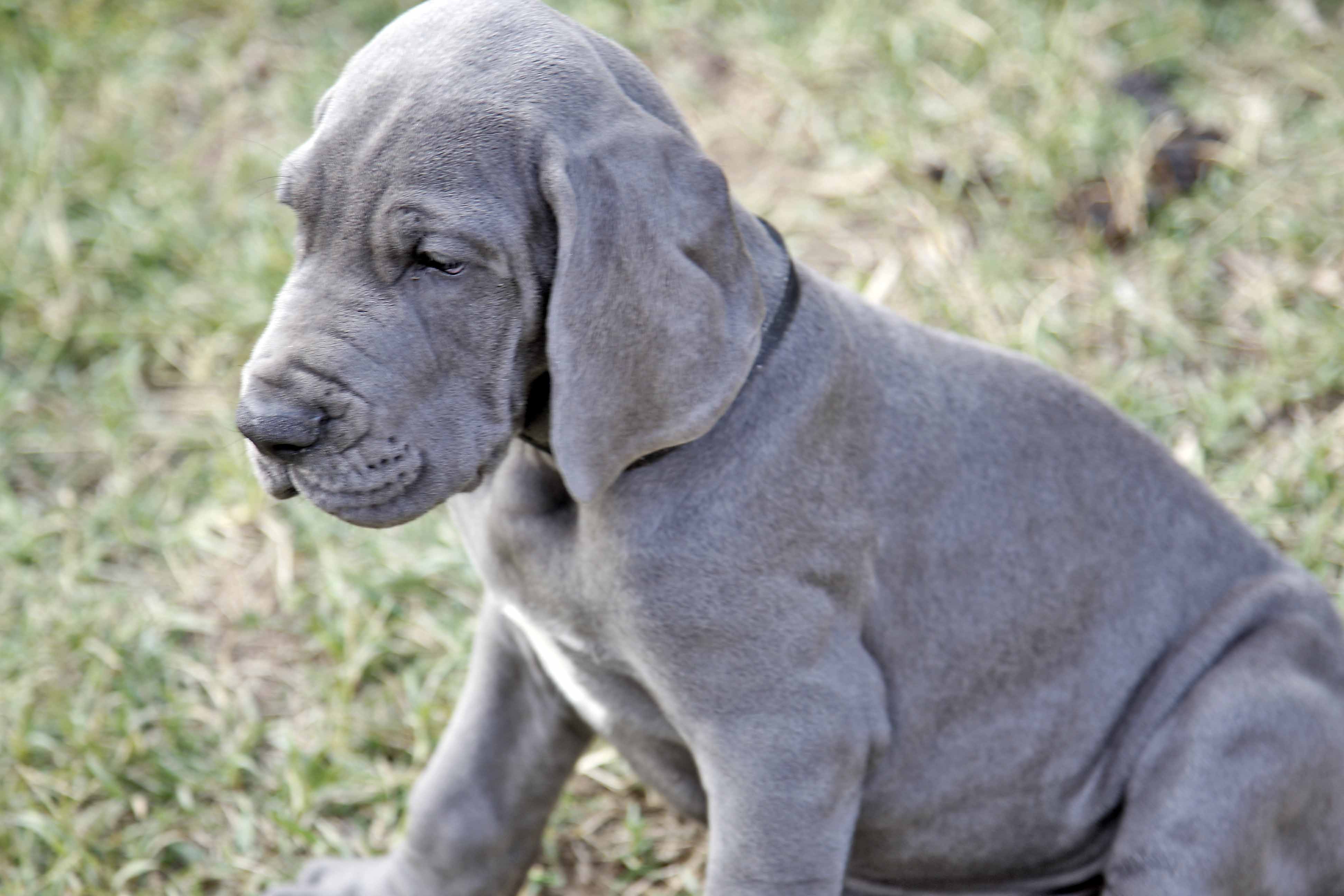
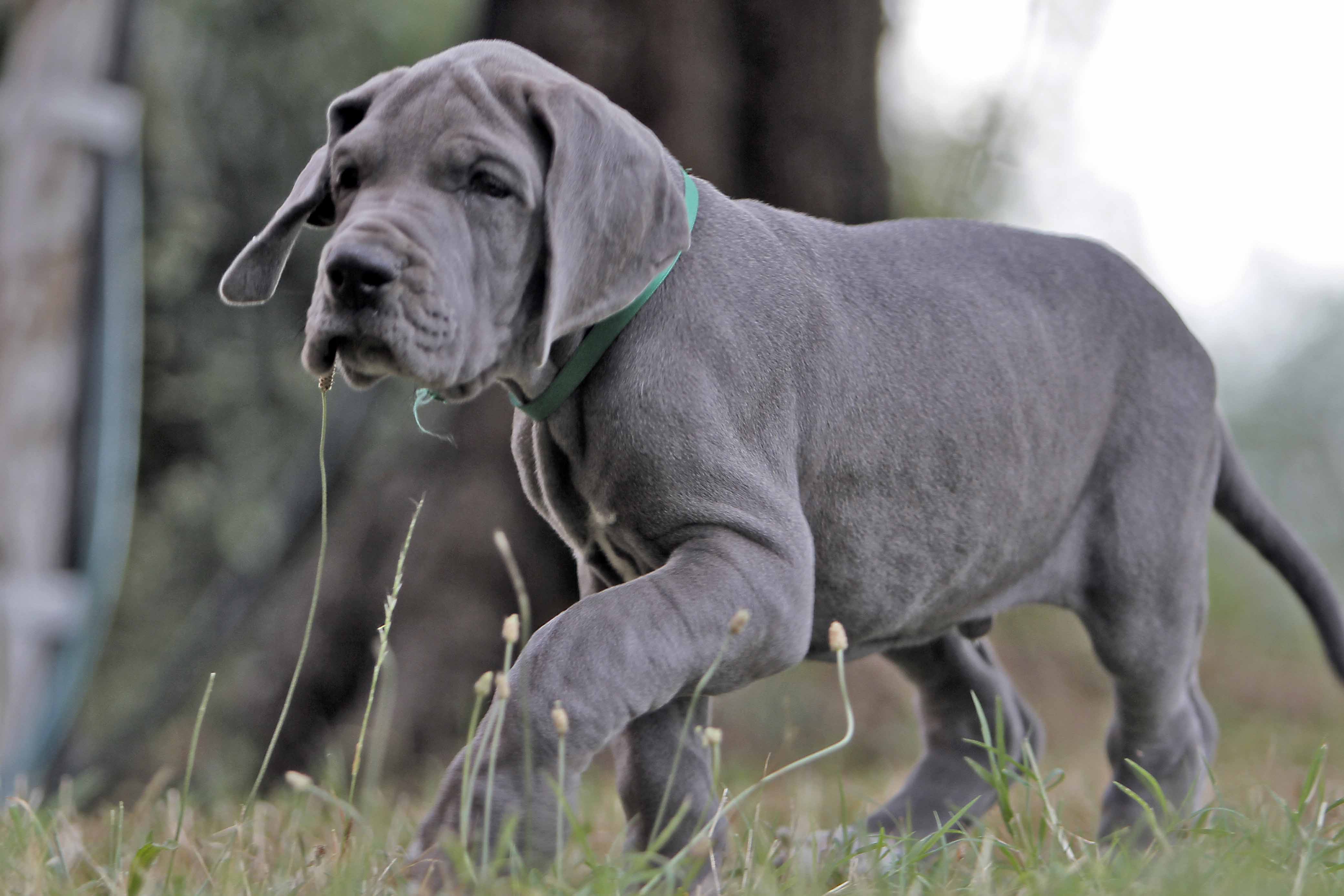
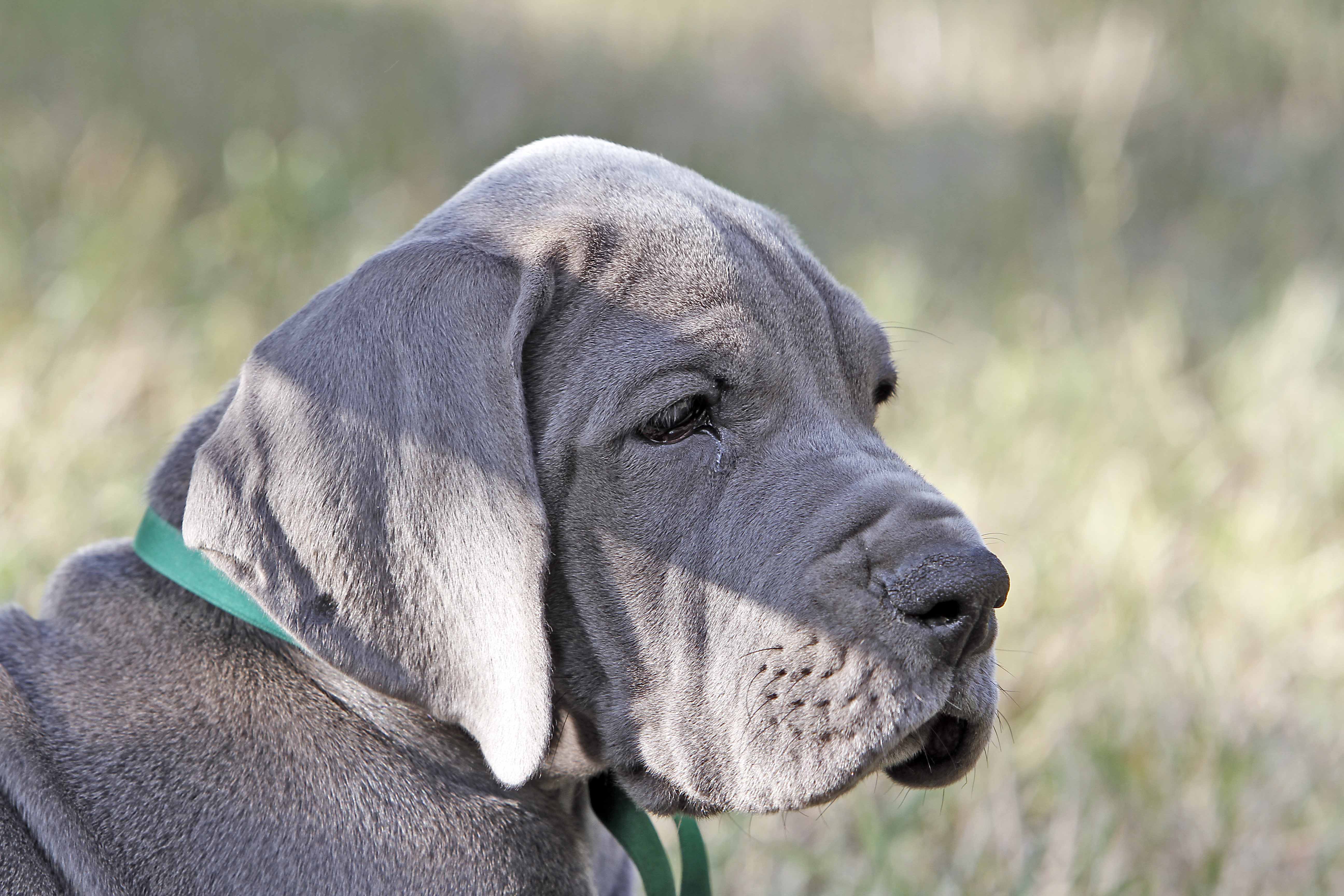
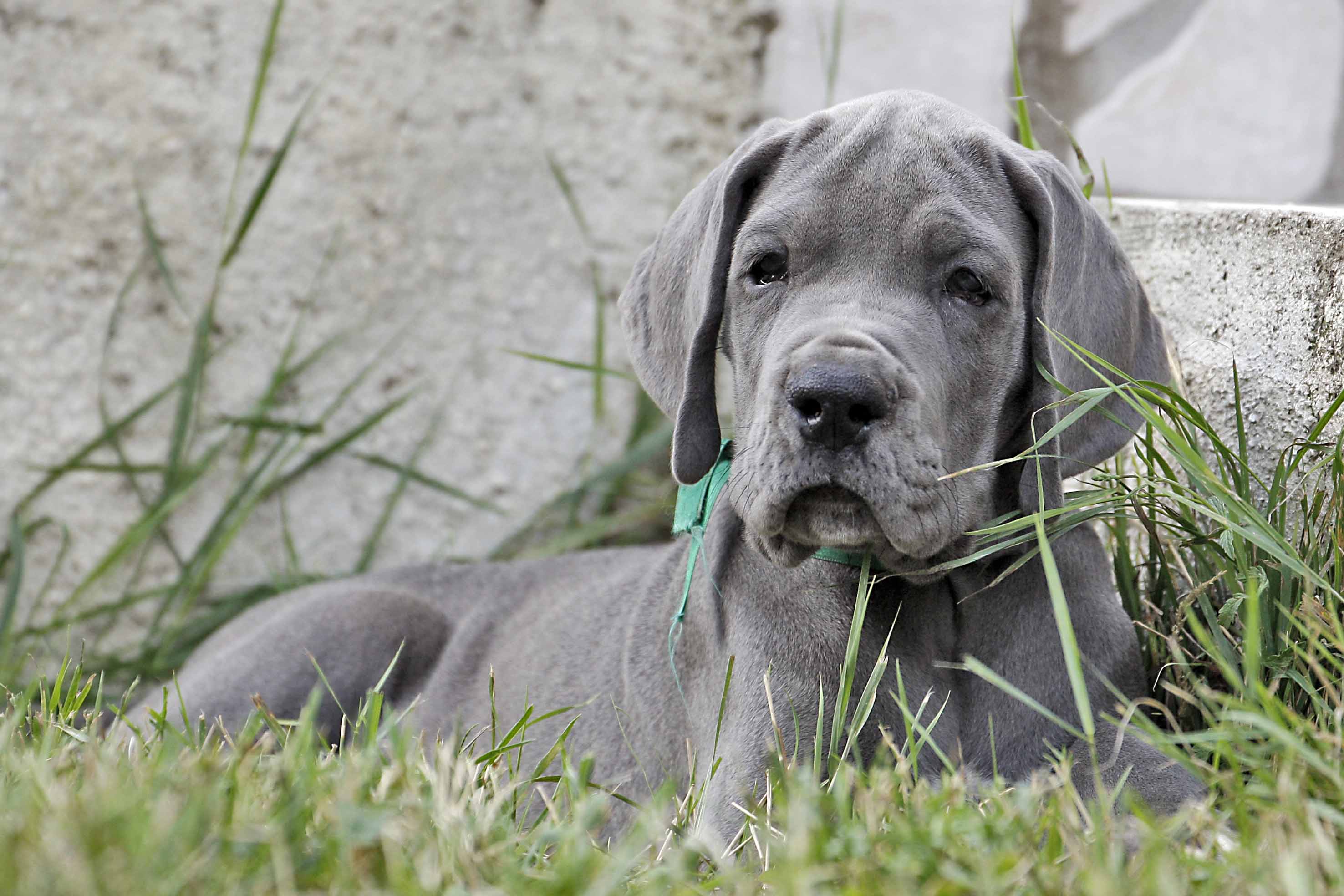

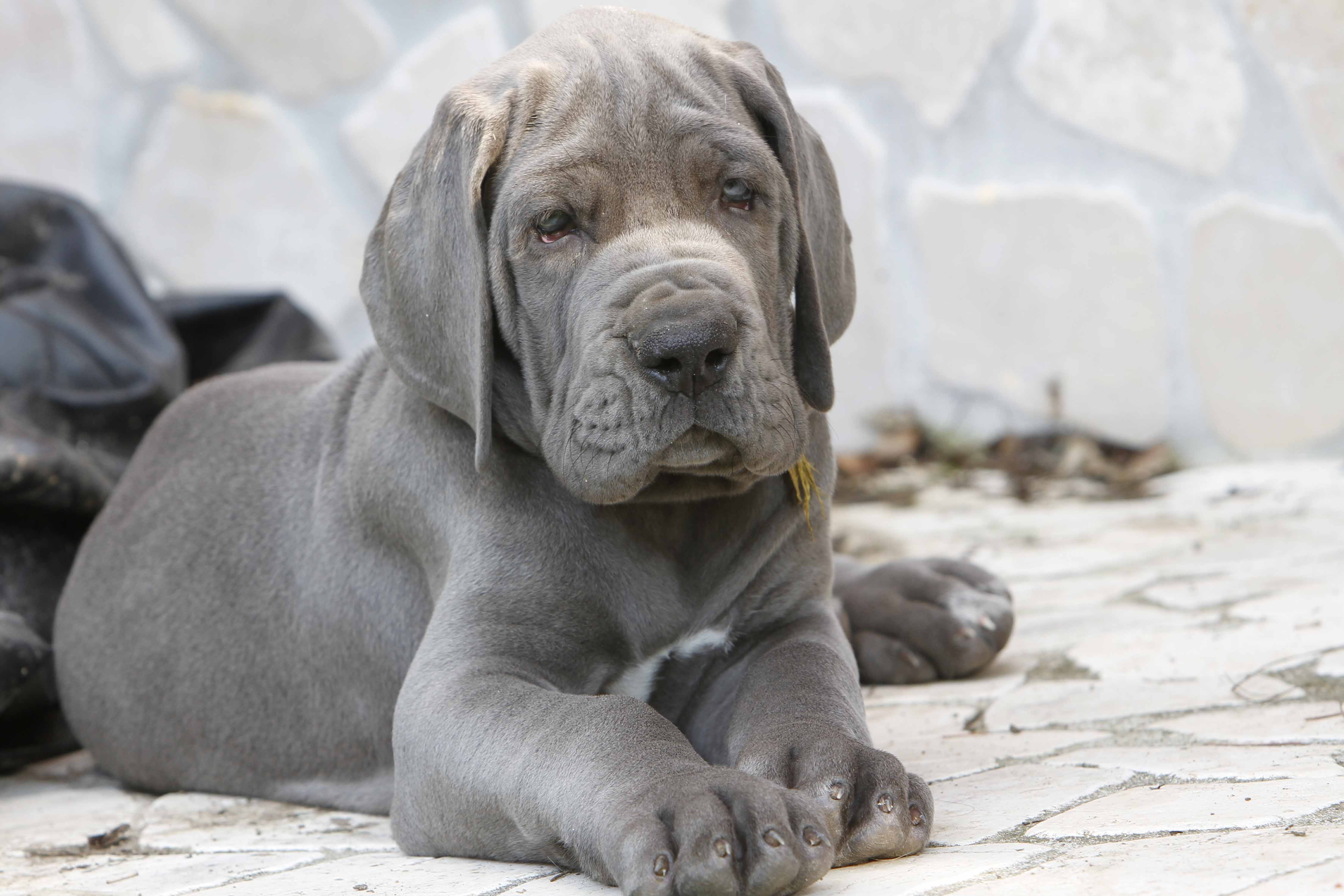
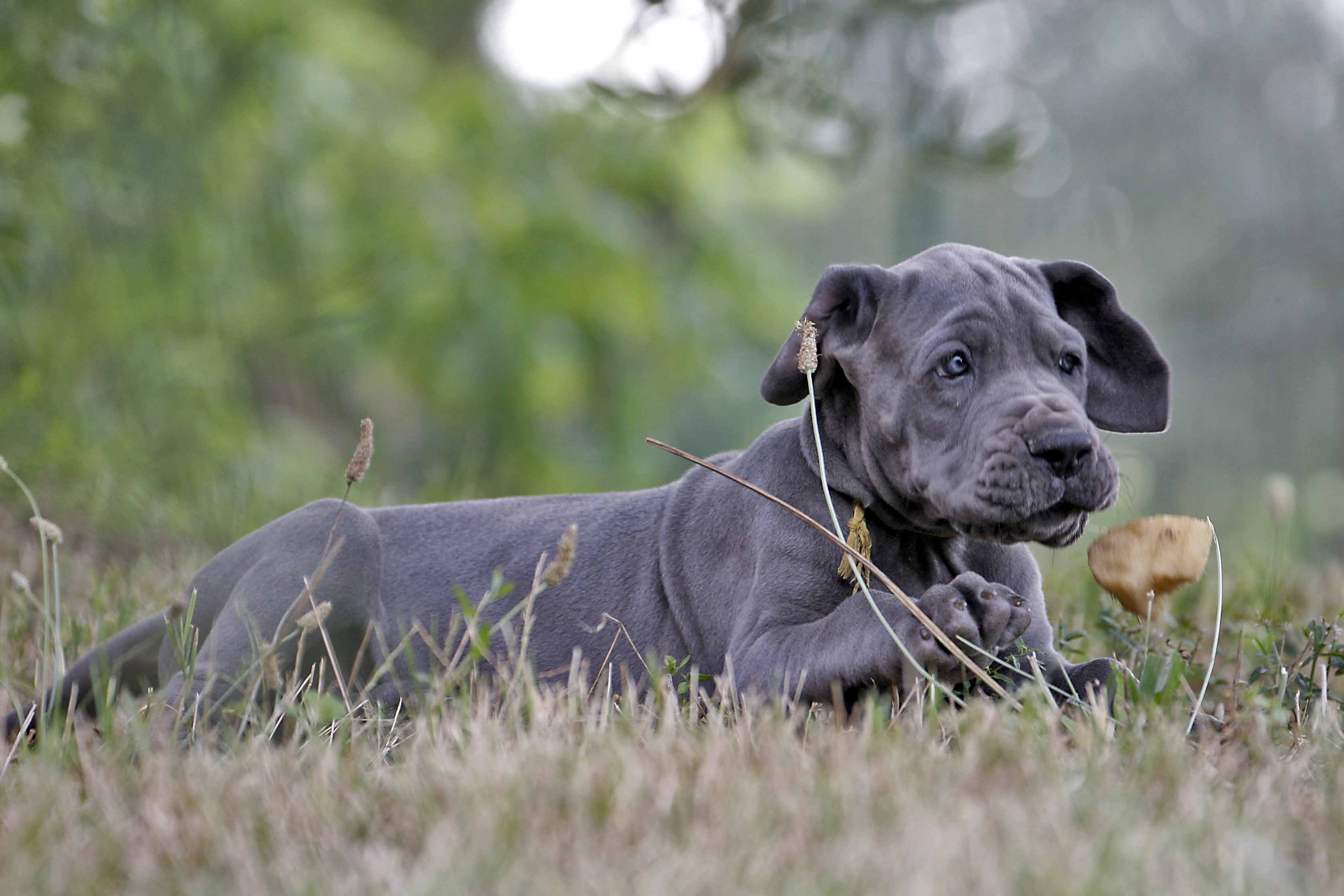

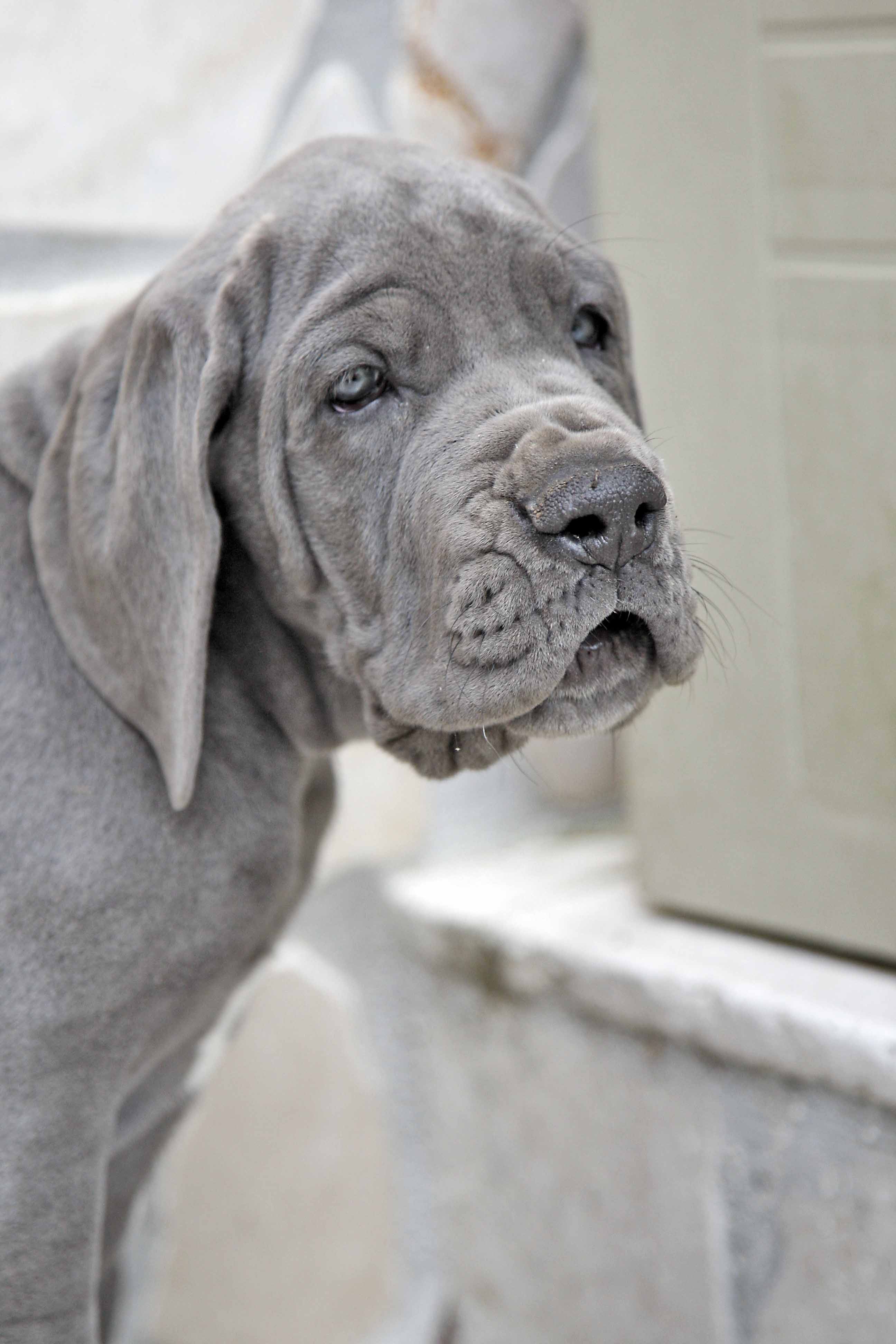
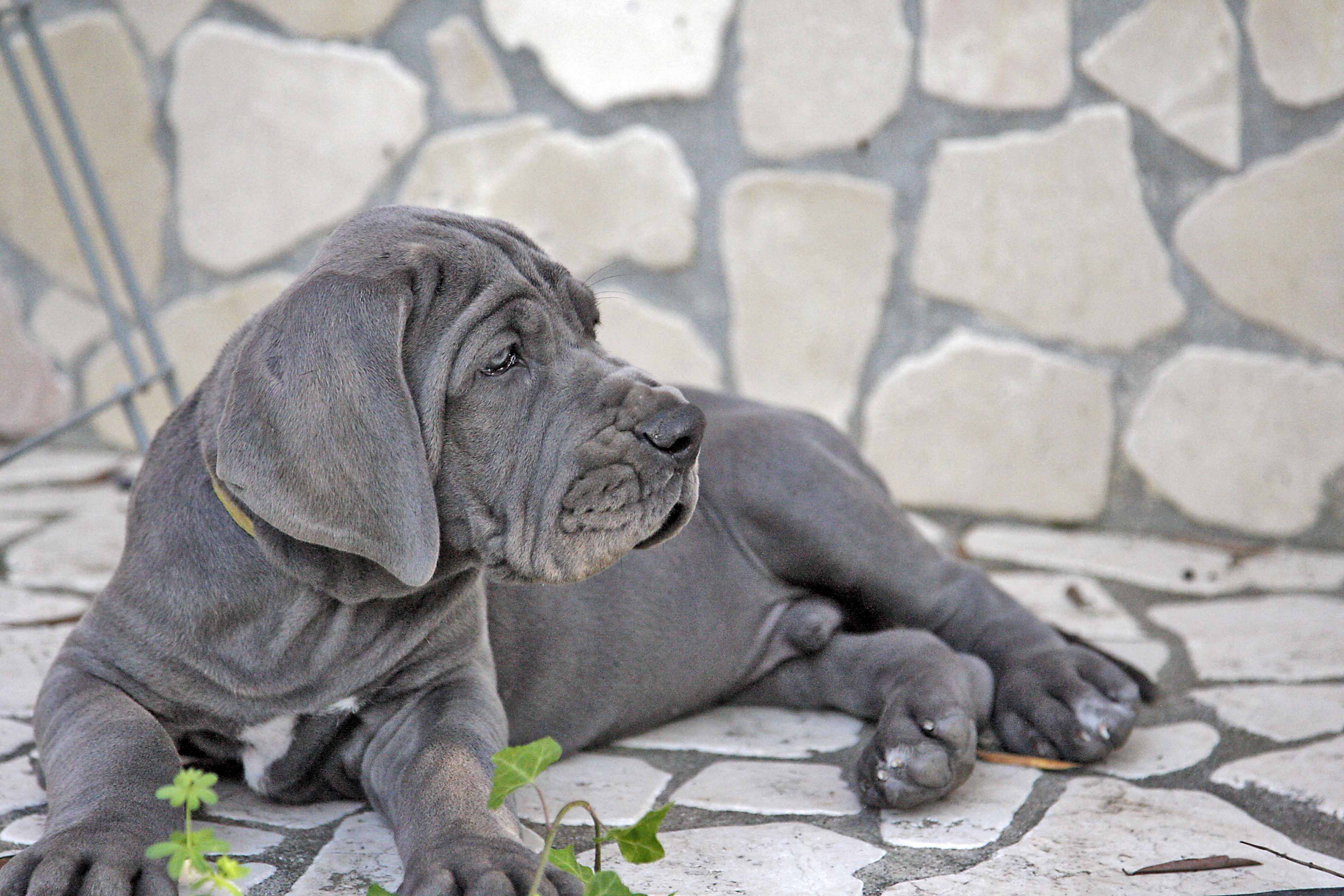
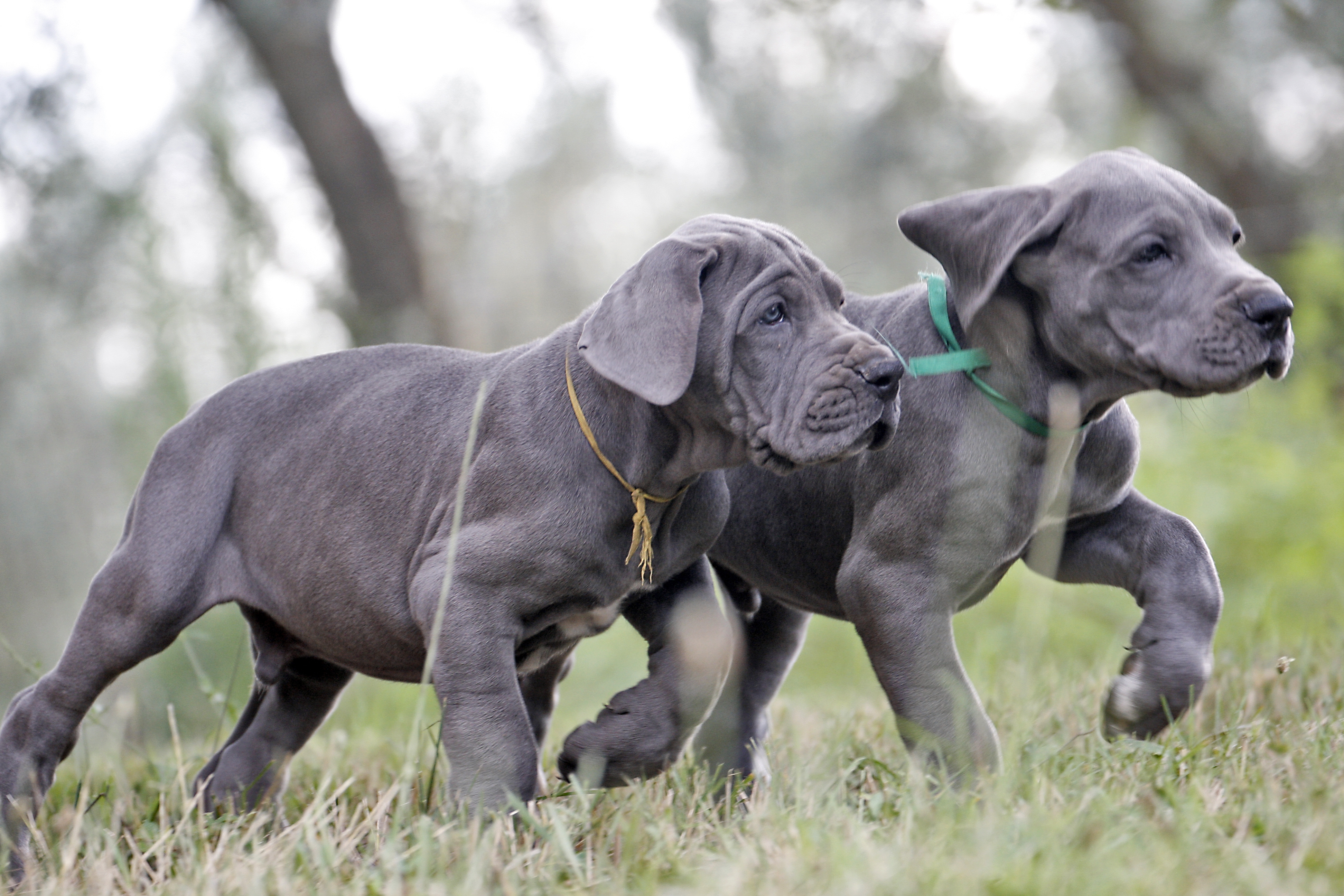
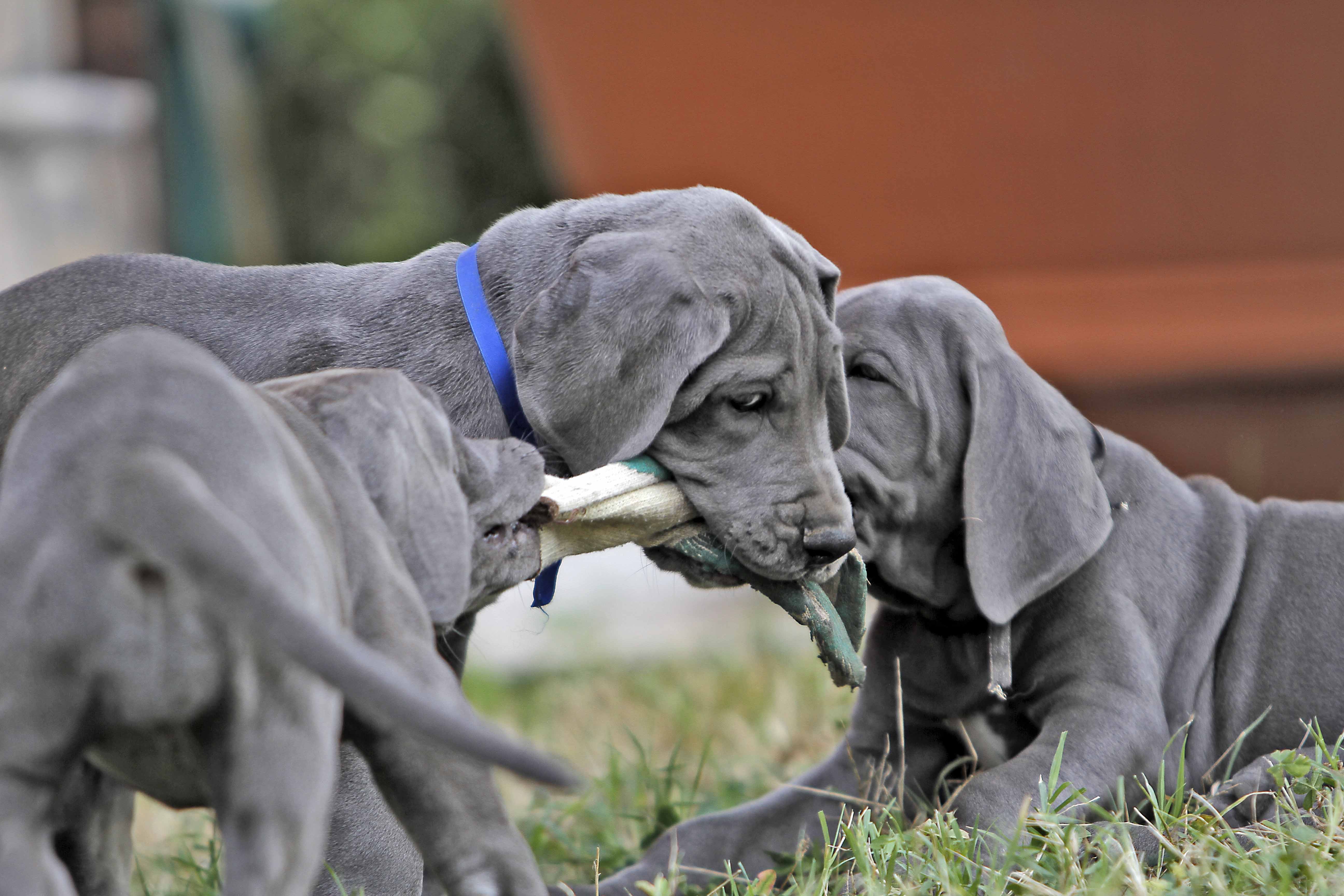
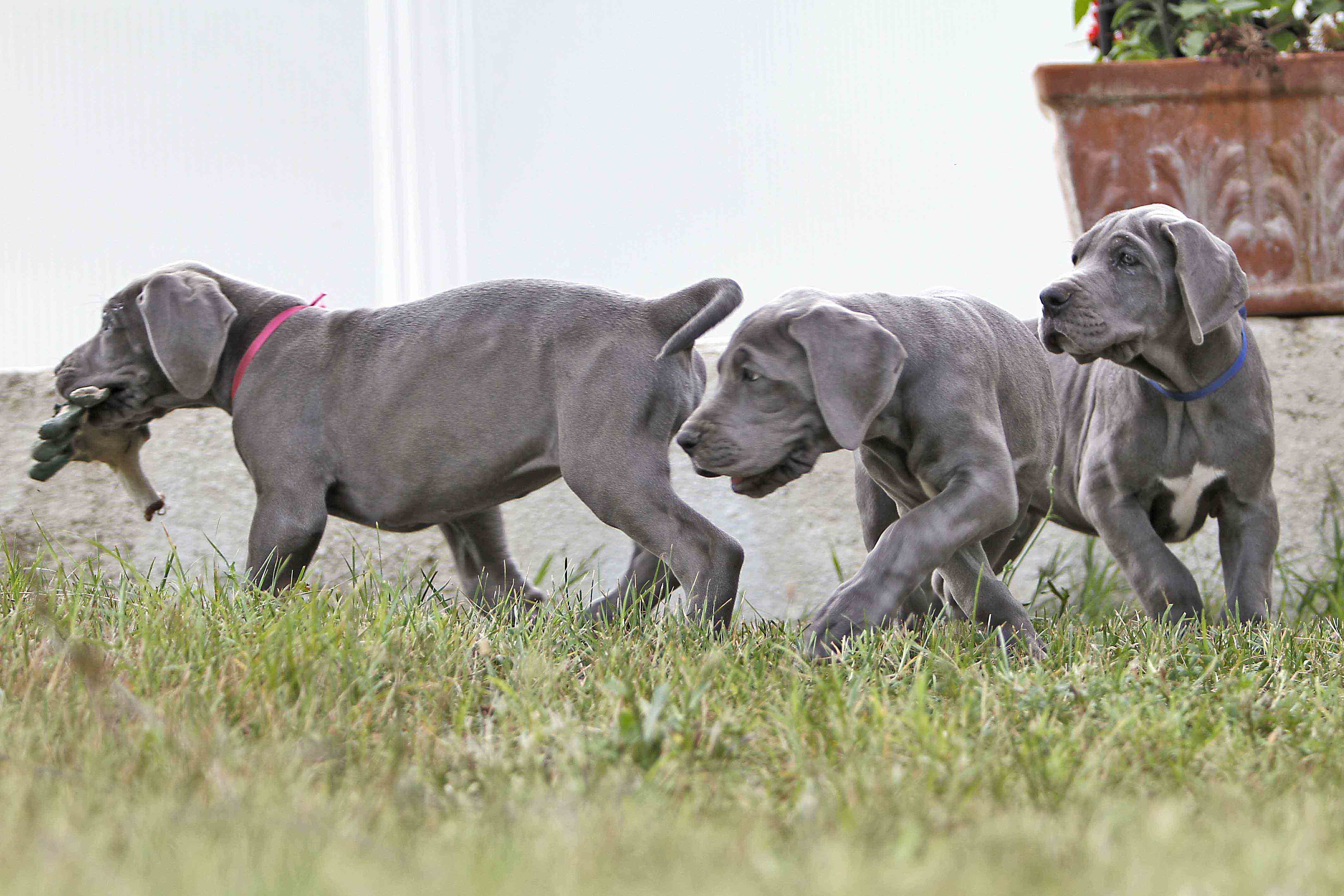
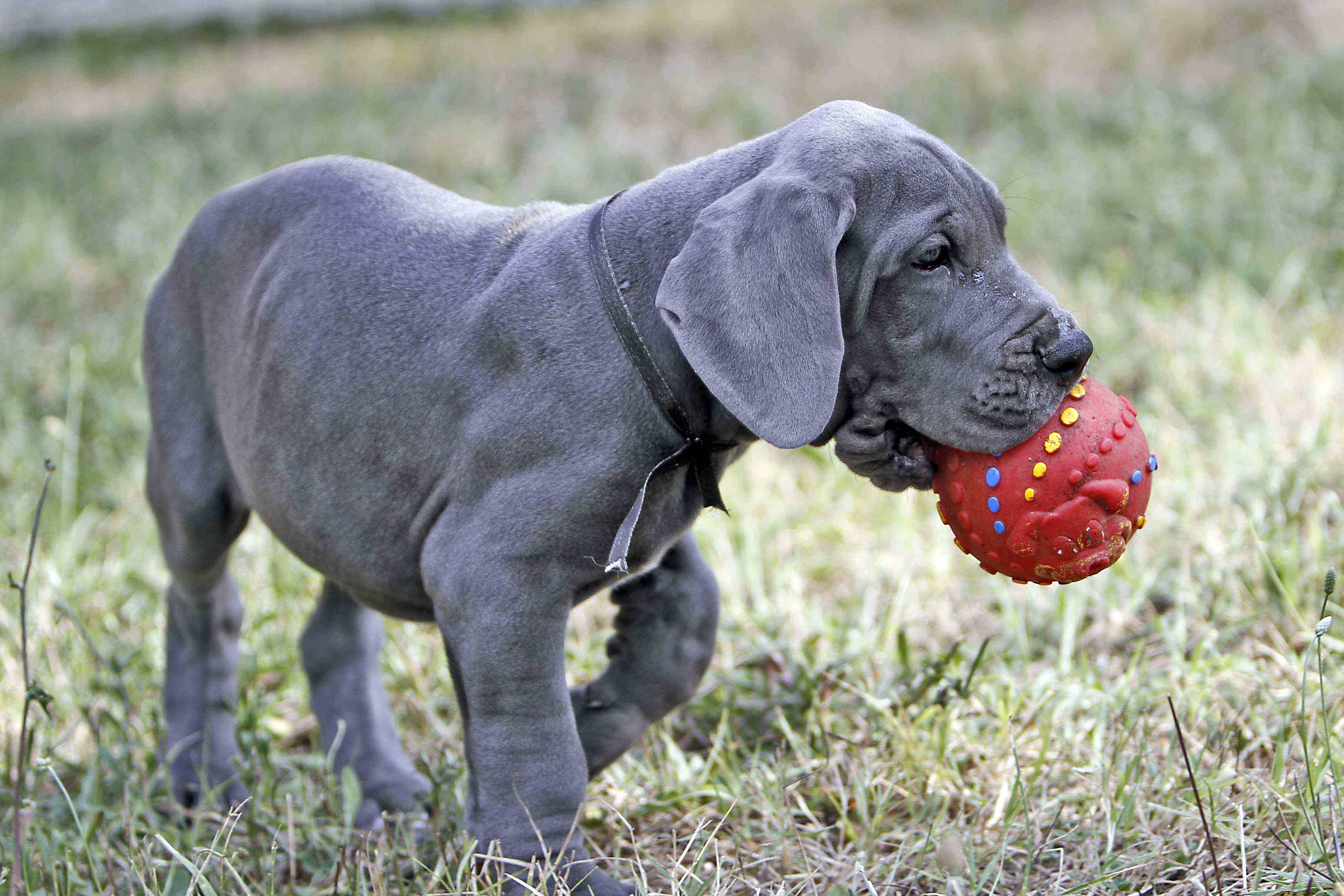

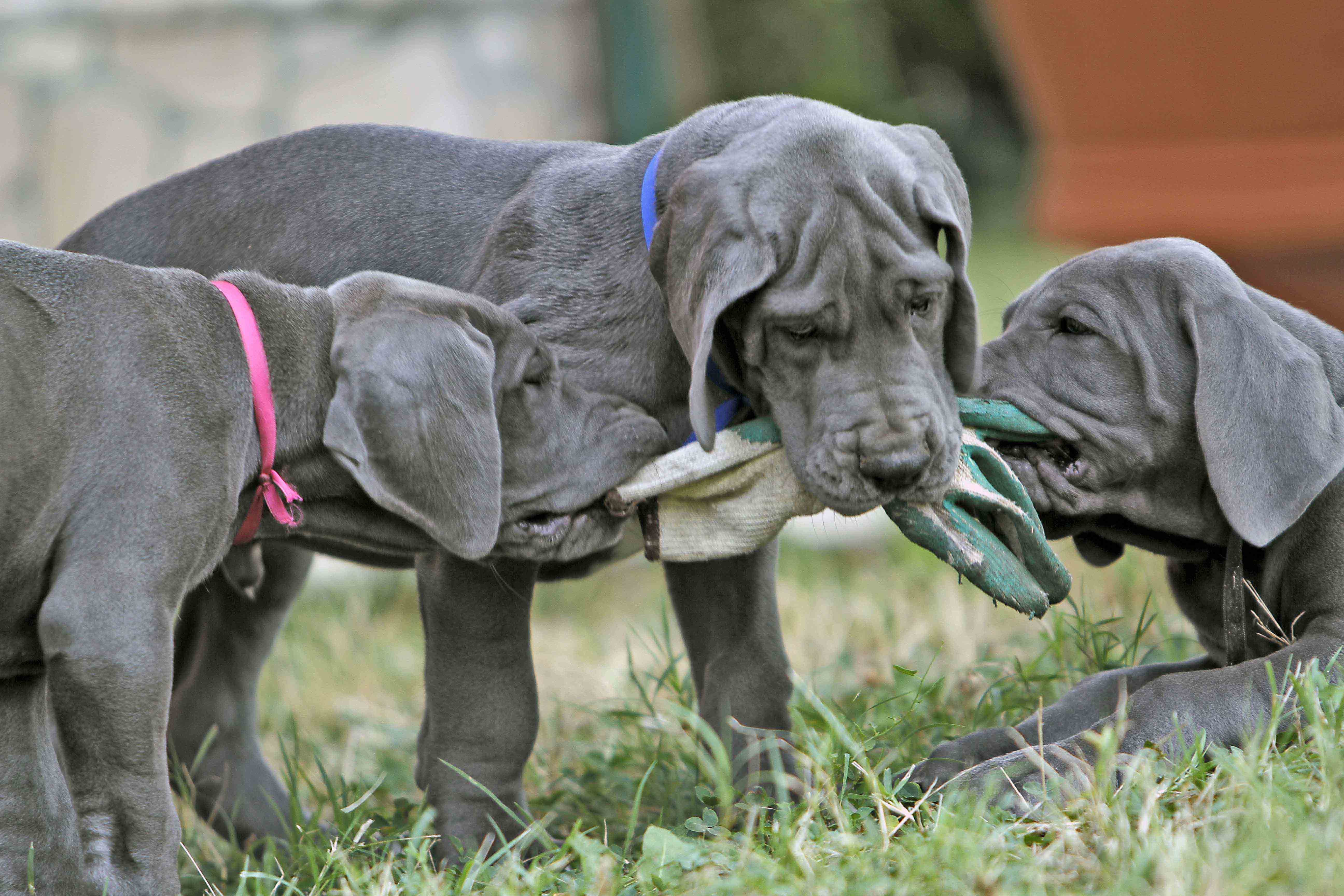

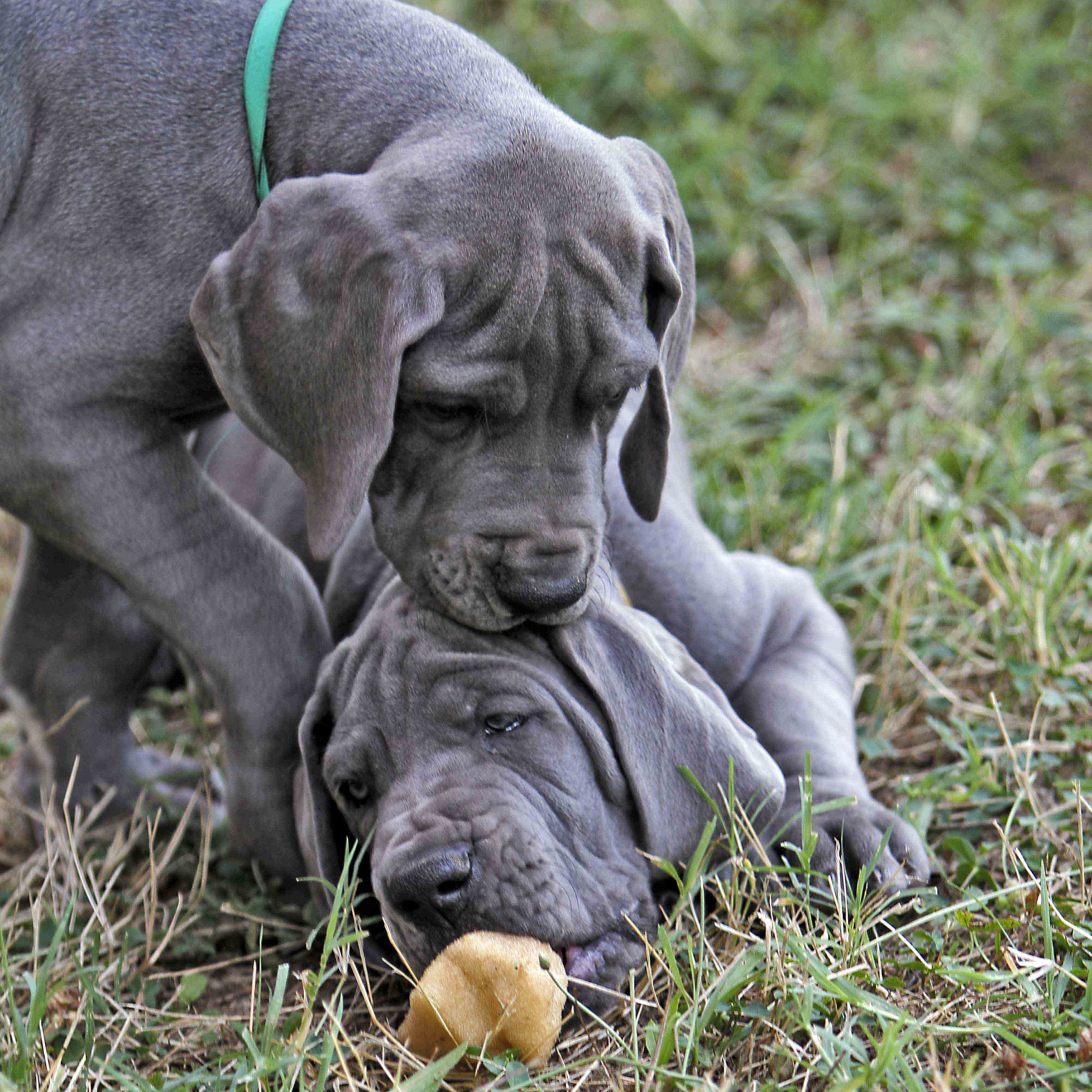



I produce a maximum of three litters every year and my puppies are normally reserved well in advance, thus allowing me to develop a rapport with the future owners, and giving me the chance to get to know them and to analyse their expectations and the type of life that they intend to share with the Great Dane, the family and the environment into which it will be incorporated. At the age of 35/40 days, i.e. before the ‘human-puppy’ socialisation period begins, and through a broader contact with humans, I put the puppies through the Campbell test, through which it is possible to identify the basic genetic tendencies of each of them. As a result of this test, and in addition to the character orientation of the puppies that I could observe in the days and nights that I spent near them, I get a key indication of the innate characteristics that each puppy has towards social interaction and hierarchy, which can later be exalted or mitigated into their paths of development. This analysis, together with the overall morphological and behavioural evaluation of each puppy, allows me to influence the choices of future families, which will only be completed after the puppies reach 50 days of age, and to identify the best possible customer/puppy match. However, my mission does not finish here, because I have chosen to continue to follow the families and their new four-legged friend(s) along the next path that they take. I try to ensure a correct basic setting for the relationship with each puppy, and I provide information on regulatory education, needs education, nutrition and preventive treatment (prophylaxis) to follow during the puppy’s growth. I intervene directly, when it is necessary, as a professional, in the education and coaching of each puppy. Using the cognitive approach to learning, I teach clients how to put the standard education of their dog into practice, recognising the value of cooperation and the unification of two different species working towards a common goal. This is natural for the dog as a pack hunter, while for us, as individualists, it is an achievement. I then pursue – for those who wish to embark on this exciting journey – the start of a career for the puppies in dog shows. When something is not going right, I recommend a therapeutic path that rebalances the ‘human-dog’ relationship and helps the owners to improve their awareness, their communication skills and their knowledge of the educational responsibility they have towards their dog.